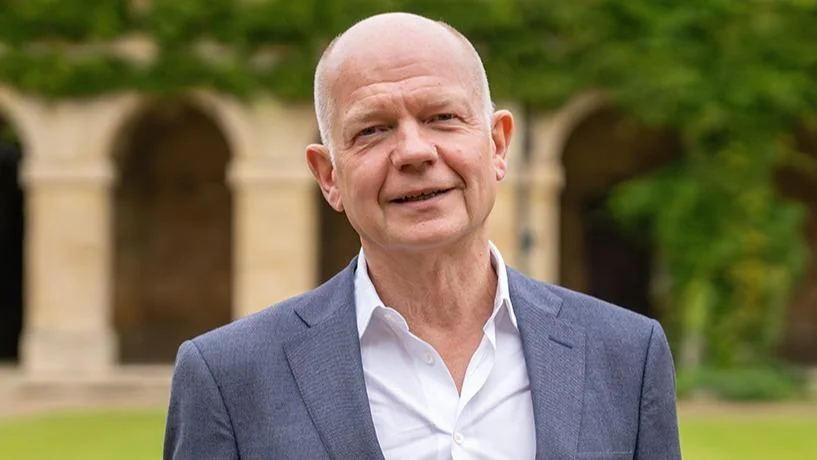Quantum computers have the potential to surpass current supercomputers, but their performance is limited by quantum decoherence. Researchers from the Davis Group at Oxford University have developed a new technique to identify materials resistant to this issue, known as topological superconductors.
Dr. Shuqiu Wang, lead author of the study and now an Assistant Professor at the University of Bristol, stated: "It is truly exciting to see the first spectroscopic signature of intrinsic topological superconductivity. This major scientific discovery only becomes possible with our newly invented spectroscopic technique."
Topological superconductors are a unique form of quantum matter that can host Majorana fermions, particles capable of storing information in their topology rather than state. This stability makes them promising for permanent quantum information storage without degradation from decoherence.
Until now, no effective method existed to determine if a material could support advanced topological quantum computing. The Oxford researchers confirmed that uranium ditelluride (UTe2) is an intrinsic topological superconductor using a scanning tunneling microscope (STM) and a new operating mode called the Andreev STM technique, invented by Professor Séamus Davis.
The research indicated UTe2 is an intrinsic topological superconductor but not exactly what physicists expected. While Majorana particles exist in this material, they occur in pairs and cannot be separated.
Professor Séamus Davis commented on the breakthrough: "The invention of the Andreev STM technique, the detection of the superconductive topological surface state, the identification of intrinsic topological superconductivity, and the precise categorization of the latter are all firsts in physics."
This novel method allows for accurate determination of other materials' potential for intrinsic topological superconductivity, paving the way for future advancements in quantum computing.
The study involved collaborations with several institutions including University of California – Berkeley and Lawrence Berkeley National Laboratory among others. It has been published in Science under 'Pair wave function symmetry in UTe2 from zero-energy surface-state visualization'.

